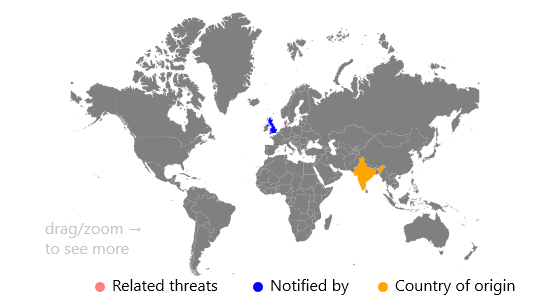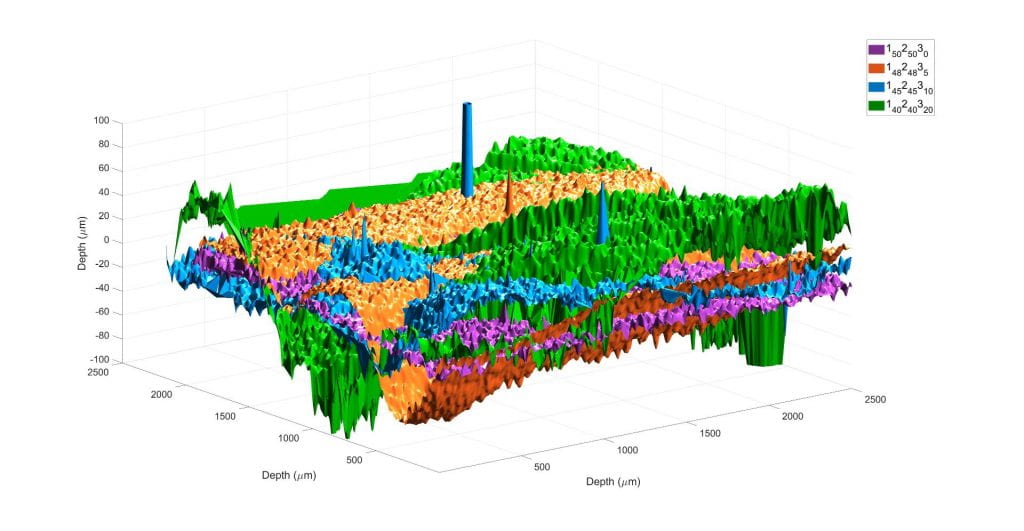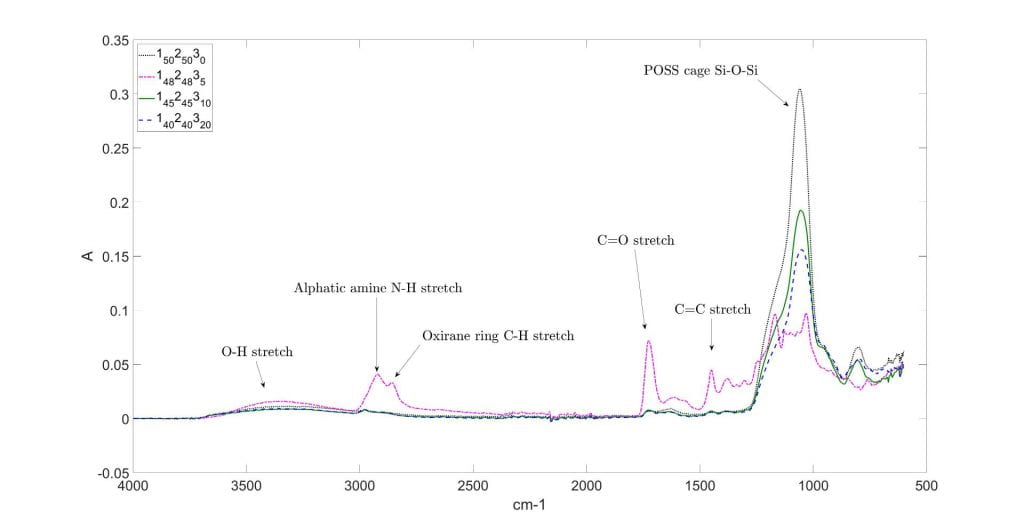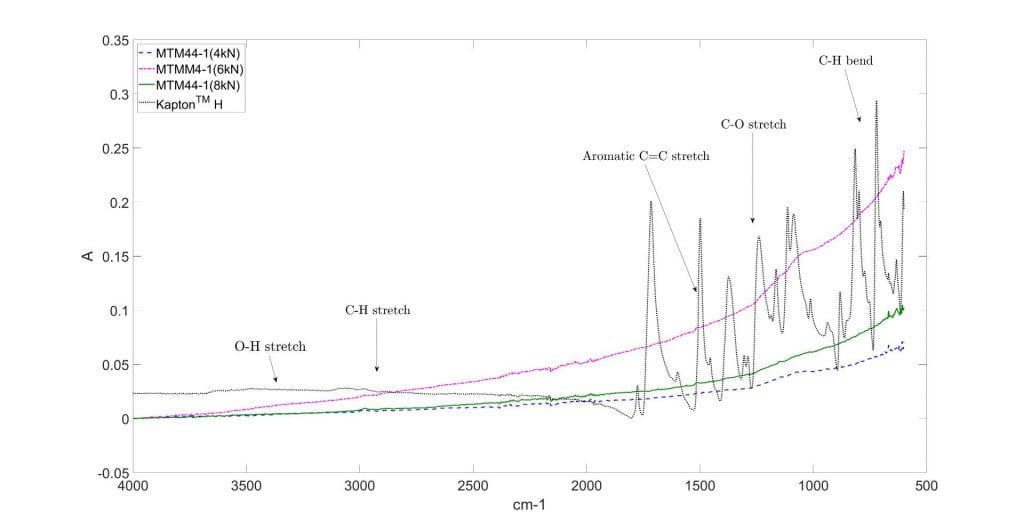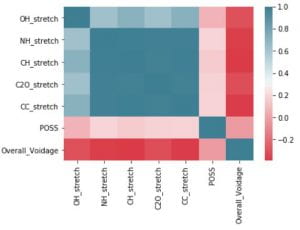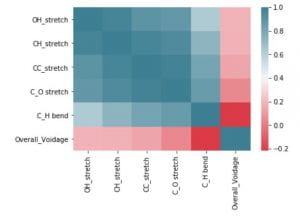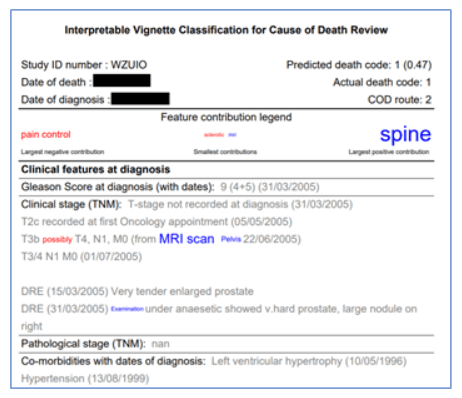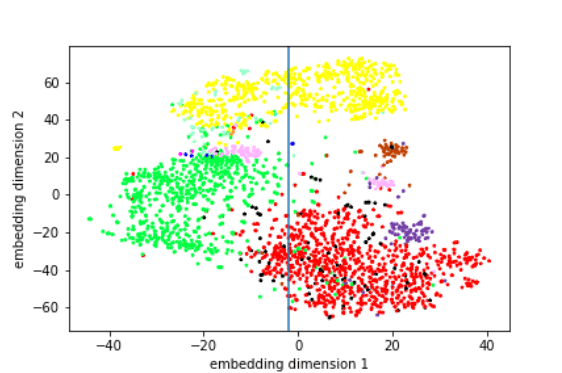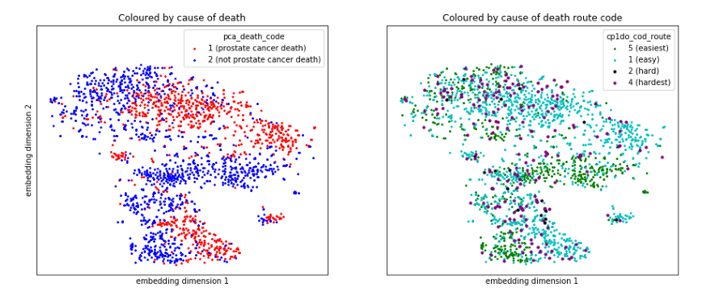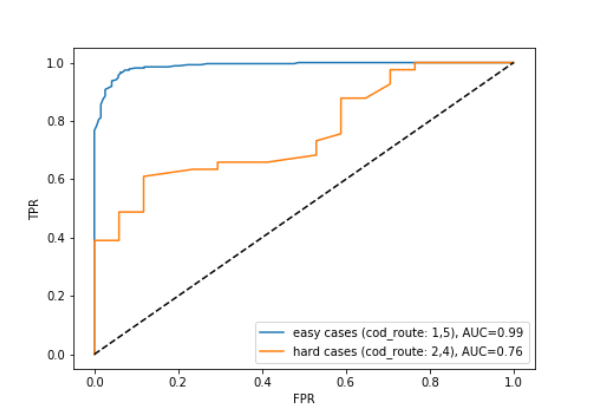
Blog written by Josie Price, University of Bristol graduate
Introduction
Humans are repeatedly living through and creating data, yet the uses of data have also become a source of economic, political, psychological and social power. So, what really is data?
My final year thesis for my Anthropology with Innovation degree aimed to investigate this question using an ethnography with data scientists combined with the theory of ontology. This was to better understand the multiplicity of data and its relationship to humans in contemporary western societies.
Aims of the project
- Use my ethnography with data scientists to answer the question: What is Data?
- Investigate the role of data in contemporary societies, where data can be human experience as well as an economy, commodity and political tool.
- Better understand how data transitions into these multiple forms.
- Combine the study of data with the theory of ontology to understand data from a social anthropological perspective.
- Better understand the relationship between humans and data.
Results
What is data?
To investigate what data is, I conducted one-to-one interviews with data scientists who work to translate data into significant, meaningful results. The most significant theme was that data scientists understand data to be a model of reality. This is because data scientists understand data as multidimensional, but condensed into a ‘picture’ to provide meaning and structure to the data. This is to better comprehend what the data means, but when situated in ontological theory this functional process has parallels with Viveiros de Castro’s (1998) theory of Perspectivism that is evident in Amerindian ontologies.
Data is a model of reality
This ontology of data as a “picture” of the world can therefore help to explain the multiplicity of data because data is an abstraction of reality. Therefore, data can manifest through multiple forms as models of reality – be it to monitor human behaviour; inform a political strategy or to create an economic marketplace – changing depending on the context and purpose of the data. The ontology of data as a model of reality reveals parallels with the Ontological Turn in anthropology. The Ontological Turn argues that different worlds are experienced simultaneously, thereby denying the existence of a ‘singular truth’ and revealing the presence of dominant models that pervade society (Holbraad and Pedersen, 2017; Escobar, 1995). Likewise, data scientists’ ontology of data as a model reality helps to understand that there is not a singular truth of what data is, but data can be expressed in multiple forms depending on the context and purpose.
It is important to note that this model is not reality; it is a “picture” of reality where multi-dimensions have been condensed and distorted by human effort. This analysis helps to relocate the human in this phenomenon because these models are shaped by humans. Therefore, for data scientists, data is also something to be critical of. This ontology of data reveals the importance of a critical community, favouring error over truth and immersing in the specific domain knowledge. These are all vital components to construct models that are closer to reality.
Humans and data
This analysis of data as a model of reality therefore helps to relocate the human in the phenomenon because humans create these models of reality to provide meaning to the data. In this sense, this ontology where data carries the influence of humans could indicate a convergence of humans and non-humans, indicating a shift from ‘The Great Divides’ prominent in western ontology (Latour, 1991). The influence of humans on data further supports how data is something to be critical of, although whether this critical ontology of data is shared with the wider public is not known and is a topic for further research. Nevertheless, from the ontology of data amongst data scientists, we can learn how reality needs to constrain a model for it to be meaningful. This can help data scientists use data to create models that are closer to reality to provide richer insight to questions about the world.
Future plans
To continue the trajectory of data as models of reality, further plans for this project could be to investigate how these models of reality can affect the structures of society. For example, the relationship between data and gender and the subsequent sexism in digital technologies and data analysis could be further researched, as explored by Caroline Criado Perez in her book ‘Invisible Women’. Therefore, a question to be explored could be: ‘How does data, and digital technologies such as AI and Machine Learning, reinforce dominant structures through technology?’. This could reveal further insight into how data is understood and the relationship between humans and data.
Contact


